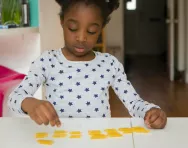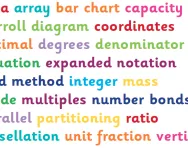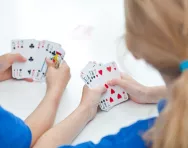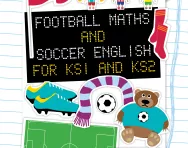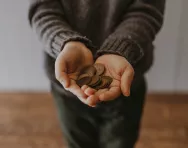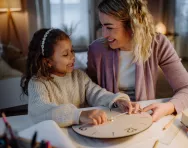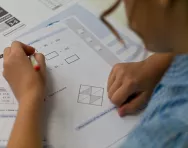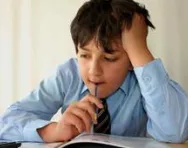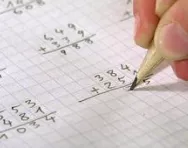TheSchoolRun.com closure date
As we informed you a few months ago, TheSchoolRun has had to make the difficult decision to close due to financial pressures and the company has now ceased trading. We had hoped to keep our content available through a partnership with another educational provider, but this provider has since withdrawn from the agreement.
As a result, we now have to permanently close TheSchoolRun.com. However, to give subscribers time to download any content they’d like to keep, we will keep the website open until 31st July 2025. After this date, the site will be taken down and there will be no further access to any resources. We strongly encourage you to download and save any resources you think you may want to use in the future.
In particular, we suggest downloading:
- Learning packs
- All the worksheets from the 11+ programme, if you are following this with your child
- Complete Learning Journey programmes (the packs below include all 40 worksheets for each programme)
You should already have received 16 primary school eBooks (worth £108.84) to download and keep. If you haven’t received these, please contact us at [email protected] before 31st July 2025, and we will send them to you.
We are very sorry that there is no way to continue offering access to resources and sincerely apologise for the inconvenience caused.
Learning numeracy at home
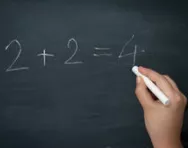
National curriculum numeracy provides the foundations upon which your child's mathematical knowledge will be based. However, the importance of putting these skills into practice in the everyday world shouldn’t be underestimated. In fact, learning through concrete examples helps consolidate classroom learning by providing more memorable experiences of numeracy for children to draw from. It also shows them the value of the skills they’re learning.
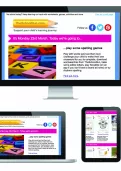
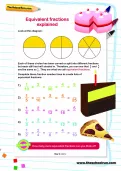
Start a unique learning programme!
- Weekly programme for each school year
- Worksheets sent direct to your inbox
- Keeps your child's learning on track
Try these activities to boost your child’s numeracy skills:
Symmetry
Resources needed: old magazines and scissors
Cut out a picture of something that’s symmetrical from a magazine. Fold it along the line of symmetry. Talk to your child about why it is symmetrical. Get your child to explore your home for symmetrical designs. Look at wallpaper, floor tiles, pictures, bedspreads and appliances. How many can they find? For older children, help them point out shapes that have more than one line of symmetry.
Fractions
Resources needed: jug, 4 cups, water
Fill the jug with water. Pour different amounts of water into each cup: 1/3, 1/2, 3/4 and a completely full cup. Sit them in front of your child and talk about how they relate to each other. Questions to ask include: Which has the most and least amount of water? Can you put them in order? What would happen if you were to add, say, the ¼ cup to 1/2 cup? You can also teach fractions with apples, cakes or pizza sliced equally into four or more.
Money skills
Resources you need: a variety of coins, paper and a pencil
You need a few of each coin (such as 2p, 5p, 10p, 20p, 50p, £1). Ask your child to tell you how many coins you have. Can they put them in order of greater and smaller size? Ask your child to tell you which coin has the highest number on it and which the least? Can she put them in order of greater and smaller numbers? Why is the 2p less than the 5p?
Get older children to add up the total amount and write it down in the correct format, for example, ‘£3.45’. Take away some of the coins and ask them to add it up again. How much does it come to? How much is missing? If they needed to buy something that cost 75p how much would they have left?
